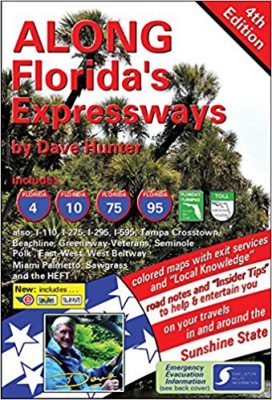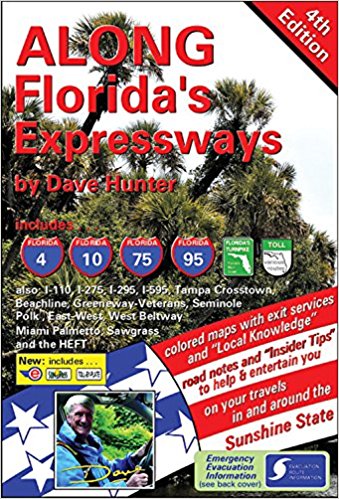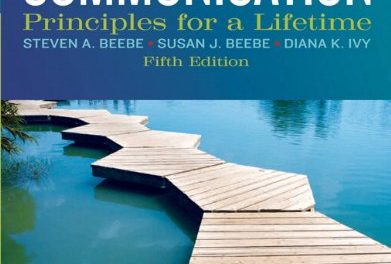 Author: Dave Hunter
Author: Dave Hunter
Publisher: Mile Oak Publishing – 202 pages
Book Review by: Sonu Chandiram
Florida, the Sunshine State, is one of only two U.S. states with a tropical climate, the other one being Hawaii. The territory was named La Florida (which means ‘Land of Flowers’ in Spanish) in 1513 by explorer Juan Ponce de Leon
It is the southernmost state of the United States, and the second-most visited one in the country, after California. Ranking Nos. 3, 4, and 5 are Nevada, Texas, and New York.
Florida has the country’s longest coastline, with 1,350 miles, in the contiguous United States, even as it is a relatively smaller state, ranking 22nd in area, with 67, 755 square miles.
The state is ranked third in population with nearly 21 million people, and has the fourth largest state Gross Domestic Product (GDP) with $926 billion in 2016. Florida’s economy relies on agriculture (e.g. oranges and winter vegetables), tourism (a record 113 million visitors in 2016 going to Disney World, Kennedy Space Center and many other attractions) and transportation (closely tied with tourism and travel) as some of its important sources of revenue.
Because of its large and fast-growing influx of people from central and south America however, the state ranks a low 41st among 50 states in median household income, which is about $49,000.
This book by Dave Hunter is excellent in many ways. Among its plus points, this guide provides:
- A full-color map and index of the Florida’s main highways – Routes 4, 10, 75, and 95 – on its cover and flap
- On the flap, you will find important detailed visuals (with captions) of features that can delay your trip, such as hurricane advisories, intersections, police patrol cars, railroad crossings, and urban areas
- You will also see helpful positive features on the flap such as exits, gas stations, hospitals, rest areas, restaurants, other facilities, and tourist attractions that add comfort enjoyment to your trips and make it safer..
- Within the inside pages, you will learn which are the major state routes (Routes 4, 10, 75, 95, and the Florida Turnpike) and smaller routes (Routes 110, 275, 295, 595)
- In the initial portions of this Florida guide, you will find two important pages, informing you:
- How the book is organized
- How maps and white pages are cross-referenced
- Among many interesting and noteworthy features inside this very practical and highly useful handbook, are mini articles on Florida’s environment, geography, history, etc.
- When Florida was part of Africa
- Florida, the Treaty of Tordesillas and Henry the Eighth, Seminole Indian Wars
- Florida’s Mysterious Sinkholes and Disappearing Lakes, Florida’s Aquifer
- Insider Tips – e.g Drury Hotel, Orlando, Fresh Apalachicola Bay Oysters
- ‘Money-Saving Tips’ here and there
The bulk of this book contains important detailed information about expressways, highways, local roads and other thoroughfares essential to road travel and sightseeing. This is a very good, well-researched and amply illustrated book for enjoyable and educational travel within Florida.
Authors:
Fir 52 years, Dave Hunter and his wife Kathy have traveled together – both “on-the-road” and through life. As researcher and editor, Kathy contributes much to Dave’s books, but prefers to remain in the background. The Hunters have been driving to and around Florida for most of these years and love sharing their “local knowledge” of the state’s 2,000+ miles of interstates, toll routes and freeways.
They know their roadside stories, local secrets and Florida adventures will entertain and assist you as you enjoy driving and exploring the Sunshine State’s expressways. When not seeking new driving experiences, you will find Dave and Kathy living with their two Burmese cats Tammy and Thomas in Ontario, Canada, or in their winter retreat in Lakeland, Florida.







